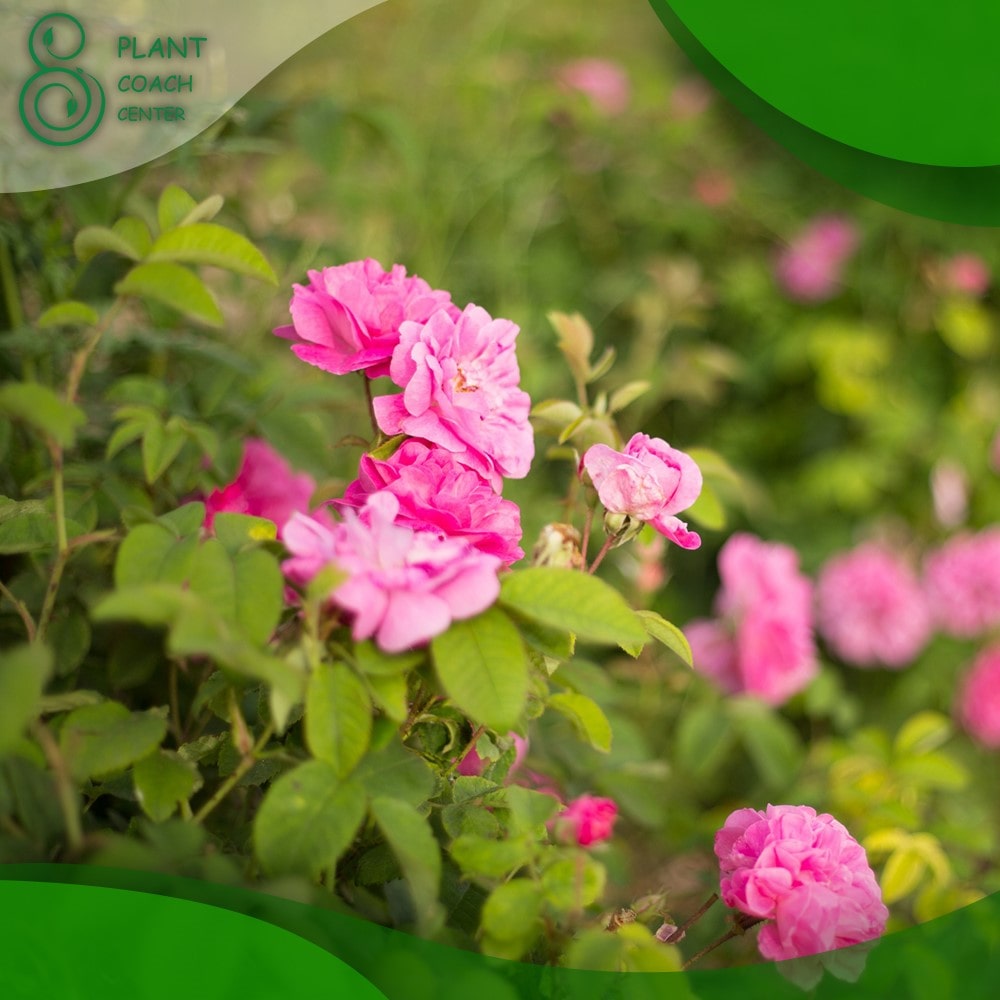Introduction to When to Prune Drift Roses
Drift roses, with their delicate, abundant blossoms and vibrant colors, are like nature’s own confetti, celebrating the beauty of your garden. These compact roses are prized for their versatility and stunning visual appeal, making them a favorite among garden enthusiasts. Yet, to unlock their full potential, one essential practice stands out: pruning.
In the realm of gardening, pruning isn’t a mundane chore but rather an art form. It’s the key to shaping, rejuvenating, and maintaining the health of your drift roses. However, what elevates this art is the precise timing of your pruning efforts. Timing, my fellow gardeners, is the secret ingredient that can transform your drift roses into flourishing masterpieces.
In this article of plantcoachcenter.com , we’ll delve into the enchanting world of drift roses, explore the why behind pruning, and emphasize the pivotal role timing plays in this process. So, let’s embark on a journey to discover the best moments to prune these botanical gems, ensuring your garden dazzles year after year.

Understanding Drift Roses
What Are Drift Roses?
Drift roses, scientifically known as Rosa ‘Meidrifora,’ are a captivating and relatively new addition to the world of roses. These charming shrub roses are a result of crossbreeding miniature roses with ground cover roses, creating a unique and compact hybrid. They are aptly named “drift” roses because of their spreading, low-growing nature, which makes them ideal for ground cover, border plantings, or container gardening.
These roses typically reach a height of 1 to 2 feet, with a spread of 2 to 3 feet. Their petite stature doesn’t diminish their visual impact, as they produce an abundance of dainty, semi-double flowers that come in a range of enchanting colors, including shades of pink, red, and apricot. Drift roses are a testament to the marvels of modern horticulture, offering both beauty and ease of care.
Key Characteristics
Understanding the key characteristics of drift roses is crucial for successful cultivation and pruning. Here are some notable features:
Continuous Blooms: Drift roses are renowned for their long blooming season, which typically begins in late spring and continues through early winter in milder climates. This extended flowering period ensures your garden remains adorned with their charming blooms for a substantial part of the year.
Disease Resistance: Drift roses are celebrated for their resistance to common rose diseases like black spot and mildew. This resilience reduces the need for intensive care and chemical treatments, making them an excellent choice for low-maintenance gardening.
Compact Growth: Unlike traditional rose bushes, drift roses maintain a tidy, mounding growth habit. This makes them ideal for small gardens, as well as for creating defined borders or edging pathways.
Adaptable to Various Climates: Drift roses are remarkably adaptable and can thrive in a wide range of climates, from USDA hardiness zones 4 to 11. Their versatility means they can bring joy to gardens across the country.
Why Prune Drift Roses?
Pruning plays a pivotal role in the care and cultivation of drift roses for several compelling reasons:
Encouraging New Growth: Regular pruning stimulates the production of new shoots and encourages the development of fresh, healthy foliage and flowers. This practice rejuvenates the plant, ensuring it remains vibrant and vigorous.
Maintaining Shape and Size: Pruning helps you control the size and shape of your drift roses. This is particularly important for managing their spread and preventing them from overtaking neighboring plants or areas in your garden.
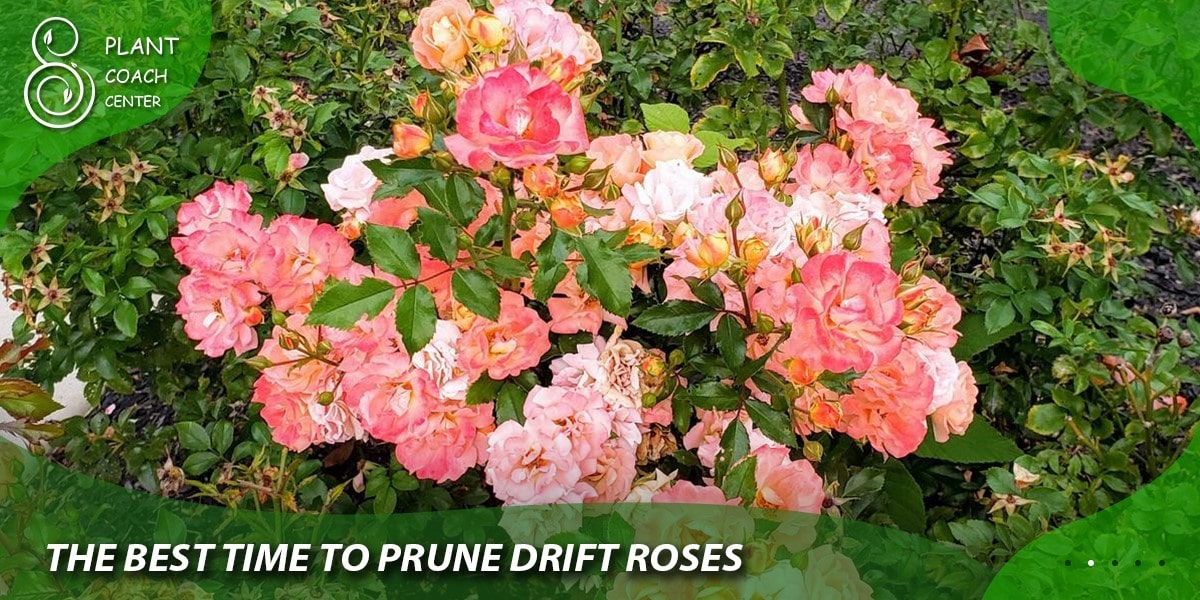
Removing Dead or Diseased Growth: Pruning allows you to identify and eliminate dead, diseased, or damaged canes and leaves. Removing these elements not only enhances the plant’s appearance but also prevents the spread of disease to healthy parts.
Enhancing Air Circulation: Proper pruning opens up the interior of the plant, improving air circulation and reducing the risk of fungal infections. Good airflow is essential for keeping your drift roses disease-free.
In summary, understanding the nature of drift roses, their key characteristics, and the importance of pruning equips you with the knowledge needed to care for these delightful plants and achieve a garden that’s both visually stunning and healthy.
The Best Time to Prune Drift Roses
Spring Pruning
Early Spring
Early spring, when the last frost has passed but before new growth begins in earnest, is an optimal time for pruning drift roses. During this period, typically in March or early April, your drift roses are still in their dormant phase. Here’s why early spring pruning is advantageous:
- Promoting Healthy Growth: Pruning at this stage encourages robust new growth as the plant awakens from its winter slumber. It redirects the plant’s energy toward developing fresh canes and abundant blooms.
- Shaping for the Season: Early spring pruning allows you to shape the bush according to your desired form for the upcoming growing season. It’s an opportunity to remove any unruly branches or overgrowth.
To execute early spring pruning:
Begin by inspecting the plant closely for signs of life. Look for the emergence of buds or green shoots.
Remove any dead or diseased canes, cutting them down to where they meet healthy growth. Use sharp, clean pruning shears for clean cuts.
Shape the bush by trimming back longer canes to maintain the desired size and shape. Aim for an open, airy structure to facilitate good airflow.
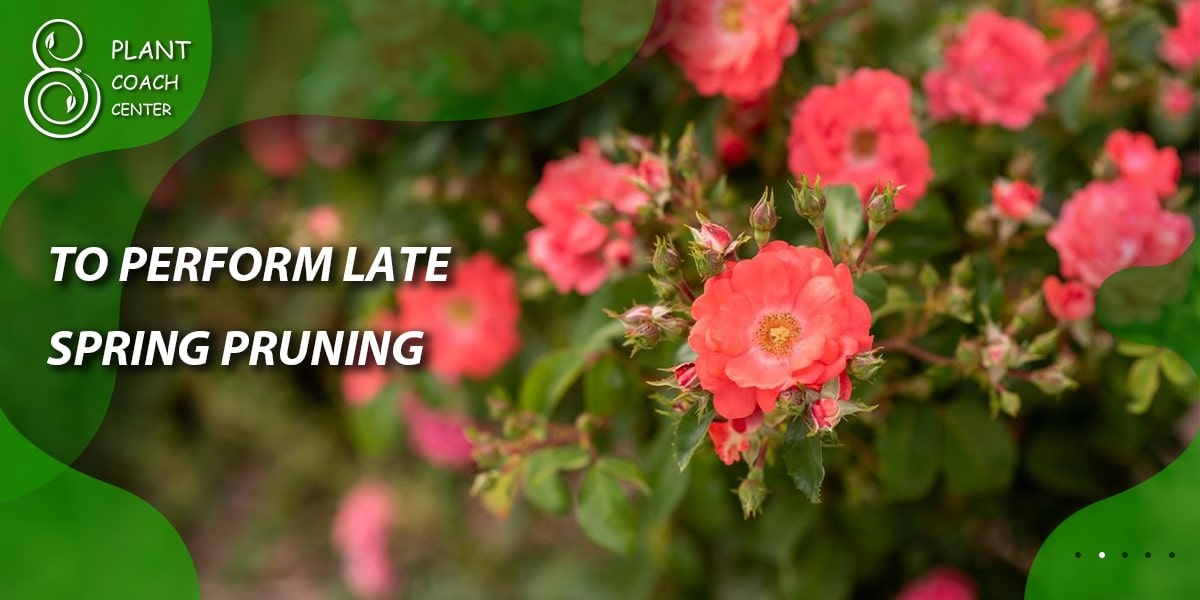
Late Spring
Late spring, usually in May or early June, marks the second window for pruning drift roses. This period aligns with the tail end of their initial bloom cycle. Here’s why late spring pruning is beneficial:
- Encouraging Reblooming: Trimming spent flowers and some foliage in late spring can stimulate a fresh wave of blooms, extending the ornamental value of your drift roses well into summer.
- Tidying Up: Late spring pruning allows you to remove faded blossoms and maintain the plant’s overall appearance.
To perform late spring pruning:
Focus on removing spent flowers. Cut just above the first set of healthy leaves below the spent flower, using clean pruning shears.
Trim back any excessively long or leggy canes to encourage bushier growth.
Be cautious not to prune too heavily; you don’t want to risk affecting the plant’s overall vitality.
Summer Pruning
During the summer months, it’s best to limit pruning activities to deadheading – the removal of spent flowers. This simple maintenance task keeps your drift roses looking tidy and encourages continuous blooming. Whenever you notice faded blossoms, snip them off just above a set of healthy leaves or leaflets.
Fall Pruning
In the fall, as the growing season winds down, it’s time to prepare your drift roses for the coming winter. While they don’t require extensive pruning during this season, there are some essential steps to take:
- Cleaning and Tidying: Remove any fallen leaves and debris from around the base of the plant. This helps reduce the risk of disease over the winter.
- Reducing Height: Trim back any excessively long canes to prevent winter damage caused by snow and ice. However, avoid heavy pruning that could stimulate new growth before the plant’s natural dormancy period.
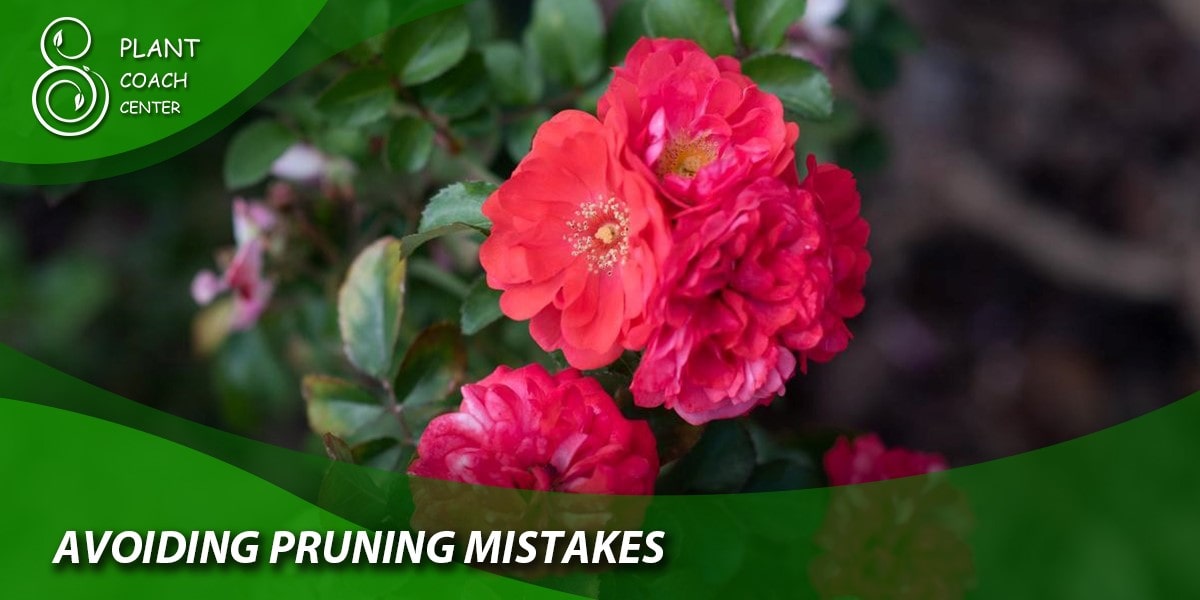
Winter Pruning (if necessary)
Winter pruning is a last resort, typically reserved for extreme situations, such as severe damage from winter weather or disease. It should be done when the plant is fully dormant, ideally in late winter or early spring before new growth begins. Winter pruning involves cutting back damaged or diseased canes to healthy tissue and shaping the plant if needed. However, it’s best to avoid extensive winter pruning unless absolutely necessary, as it can reduce the number of blooms in the upcoming season.
Understanding the nuances of each pruning season empowers you to nurture your drift roses effectively, ensuring they thrive throughout the year. Proper timing enhances their resilience, encourages lush blooms, and keeps them in top form for your garden’s enjoyment.
Avoiding Pruning Mistakes
Pruning drift roses can be a straightforward task when done correctly. However, it’s essential to be mindful of potential pitfalls to ensure your roses thrive. Here are some valuable tips on what to avoid when pruning your drift roses:
Over-Pruning
Mistake: One common mistake is over-enthusiastic pruning, where you cut back the drift roses excessively.
Consequence: Over-pruning can weaken the plant, stunt its growth, and reduce the number of blooms in the coming season.
Solution: Prune conservatively, removing only dead or diseased canes and ensuring you don’t remove more than one-third of the plant’s height during a single pruning session.
Pruning at the Wrong Time
Mistake: Pruning drift roses at the wrong time of the year, such as in the middle of summer or late fall.
Consequence: Pruning at the wrong time can disrupt the plant’s natural growth cycle and potentially cause stress.
Solution: Stick to the recommended pruning times—either in early spring, after the first flush of blooms, or in late winter for milder climates.
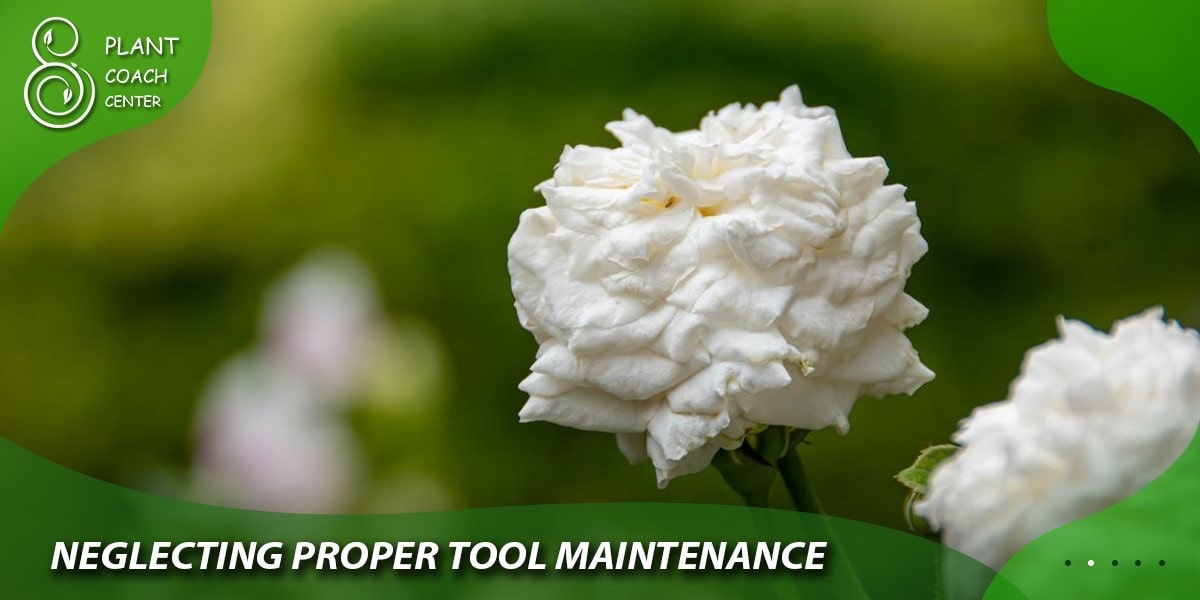
Neglecting Proper Tool Maintenance
Mistake: Using dull or dirty pruning tools.
Consequence: Dull tools can crush stems and create jagged cuts, while dirty tools may transfer diseases between plants.
Solution: Regularly sharpen your pruning shears and sanitize them with a mixture of one part bleach to nine parts water to prevent the spread of diseases.
Ignoring Safety Precautions
Mistake: Pruning without protective gear.
Consequence: Prickly thorns on drift roses can lead to cuts and scrapes, while exposure to allergenic sap can cause skin irritation.
Solution: Wear gloves, long sleeves, and eye protection when pruning drift roses to safeguard yourself from potential injuries and irritants.
Hasty and Unfocused Pruning
Mistake: Pruning without a clear plan or objective.
Consequence: Random cuts can leave your roses looking uneven and unsightly.
Solution: Before you start pruning, take a moment to assess the plant and decide which canes need removal. Focus on removing dead, diseased, or crossed branches for a neat appearance.
Neglecting Cleanup
Mistake: Leaving pruned debris and fallen leaves around the base of the plant.
Consequence: Decaying material can harbor pests and diseases, putting your drift roses at risk.
Solution: After pruning, gather and dispose of all cuttings and fallen leaves to maintain a clean and healthy environment around your roses.
By avoiding these common pruning mistakes, you’ll ensure that your drift roses stay robust, disease-free, and consistently vibrant throughout the growing season. Pruning, when done correctly, will contribute to their overall health and beauty.
Pruning Time for Specific Reasons
Pruning drift roses at different times of the year serves specific purposes, ensuring that your roses not only look their best but also thrive. Understanding these distinct reasons for pruning at different seasons is key to achieving optimal results in your garden.
Early Spring Pruning: Rejuvenation and Shaping
Rejuvenation: Early spring pruning, typically in March or early April, is all about giving your drift roses a fresh start. This is the time to trim away any dead, damaged, or diseased canes that may have developed over the winter. Removing these lifeless parts allows the plant to focus its energy on healthy, new growth.
Shaping: Early spring is also an opportunity to shape your drift roses for the season ahead. By selectively trimming back branches, you can guide the plant’s growth and maintain a desired size and shape, ensuring it harmonizes with your garden’s overall design.
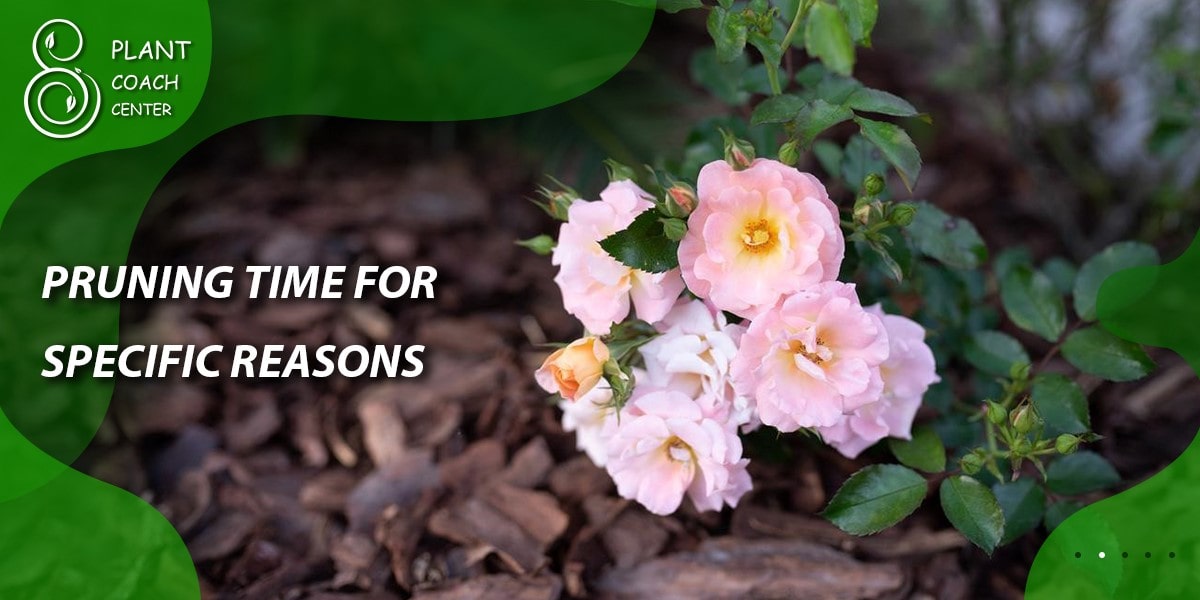
Late Spring Pruning: Encouraging a Second Bloom
Reblooming: In late spring, usually in May or early June, your drift roses may have completed their first flush of blooms. Pruning at this time involves deadheading – removing spent flowers and some foliage. This practice encourages the plant to redirect its energy into producing new flower buds, resulting in a second wave of spectacular blooms later in the season.
Summer Maintenance (Deadheading): Continuous Blooming
Continuous Blooming: Throughout the summer, deadheading – the removal of faded flowers – is a quick and simple maintenance task. This ensures that your drift roses continue to produce fresh blossoms. Deadheading prevents the plant from putting energy into seed production and instead directs it towards more flowering.
Fall Preparations: Tidying Up and Disease Control
Tidying Up: As fall approaches and the growing season winds down, light pruning can be done to tidy up your drift roses. Remove any remaining spent blooms and trim back excessively long or leggy canes. This helps maintain the plant’s appearance and prevents it from becoming unruly.
Disease Control: Fall pruning also provides an opportunity to remove any leaves or canes with signs of disease. Getting rid of these potential sources of infection before winter can help protect your roses from diseases during their dormant period.
Winter Pruning (if needed): Repair and Preparation
Repair: Winter pruning, ideally in late winter or early spring before new growth begins, is a last resort. It’s primarily reserved for addressing severe damage caused by winter weather or disease. This is the time to cut back damaged or diseased canes to healthy tissue and reshape the plant if necessary.
Preparation: However, extensive winter pruning should be avoided unless absolutely needed, as it can reduce the number of blooms in the upcoming season. It’s best to focus on winter preparations like cleaning up debris and providing winter protection if you’re in a cold climate.
Understanding the specific reasons for pruning at different times empowers you to care for your drift roses effectively, addressing their unique needs as the seasons change. Pruning becomes not just a routine task but a strategic approach to ensuring your roses remain healthy, beautiful, and resilient year after year.
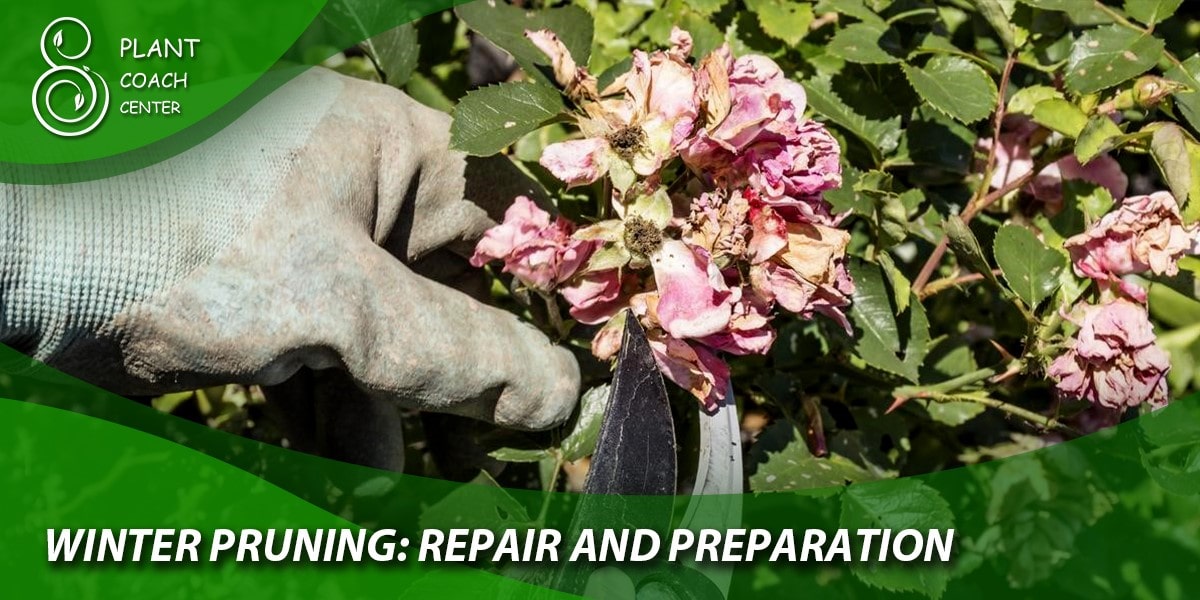
Conclusion
In the realm of cultivating drift roses, timing emerges as the unsung hero, and as we conclude our journey through the art of pruning these exquisite plants, let’s recap the wisdom we’ve uncovered. Early spring, when the first stirrings of life awaken, is your prime opportunity for rejuvenation, shaping, and setting the stage for the growing season. Late spring adds a delightful encore, encouraging reblooming and tidying up.
Summer, the season of lush greenery, is reserved for gentle deadheading. Fall ushers in the time for tidying, cleaning, and reducing height to brace for winter’s chill. Winter pruning, a last resort, stands vigilant, ready to combat extreme damage. But beyond the technicalities of timing, the real essence lies in maintaining healthy and breathtaking drift roses. Vigilance in pruning, fostering an open structure, and preserving good air circulation will be your allies.
Remember, it’s a partnership with nature, and your role is one of stewardship. In parting, let this be etched in your gardening heart: timing is not merely a matter of schedules but a celebration of life cycles. In sync with nature’s rhythm, you’ll cultivate drift roses that bloom with exuberance, paint your garden with vibrant hues, and enchant your soul with their timeless grace. Timing, indeed, is the key to nurturing these botanical gems into radiant, perennial stars in your garden’s firmament.
FAQ
Can I prune drift roses in the middle of summer?
Yes, for deadheading and light maintenance.
What if I miss the ideal pruning window?
Prune cautiously outside ideal times to avoid stress.
Is it necessary to prune every year?
No, adapt pruning to your garden's needs.
Can I prune drift roses in extreme cold conditions?
Avoid extreme cold for pruning; opt for late winter or early spring.
How can I revive an overgrown drift rose bush?
Gradual pruning over a few seasons, removing one-third max per year.


